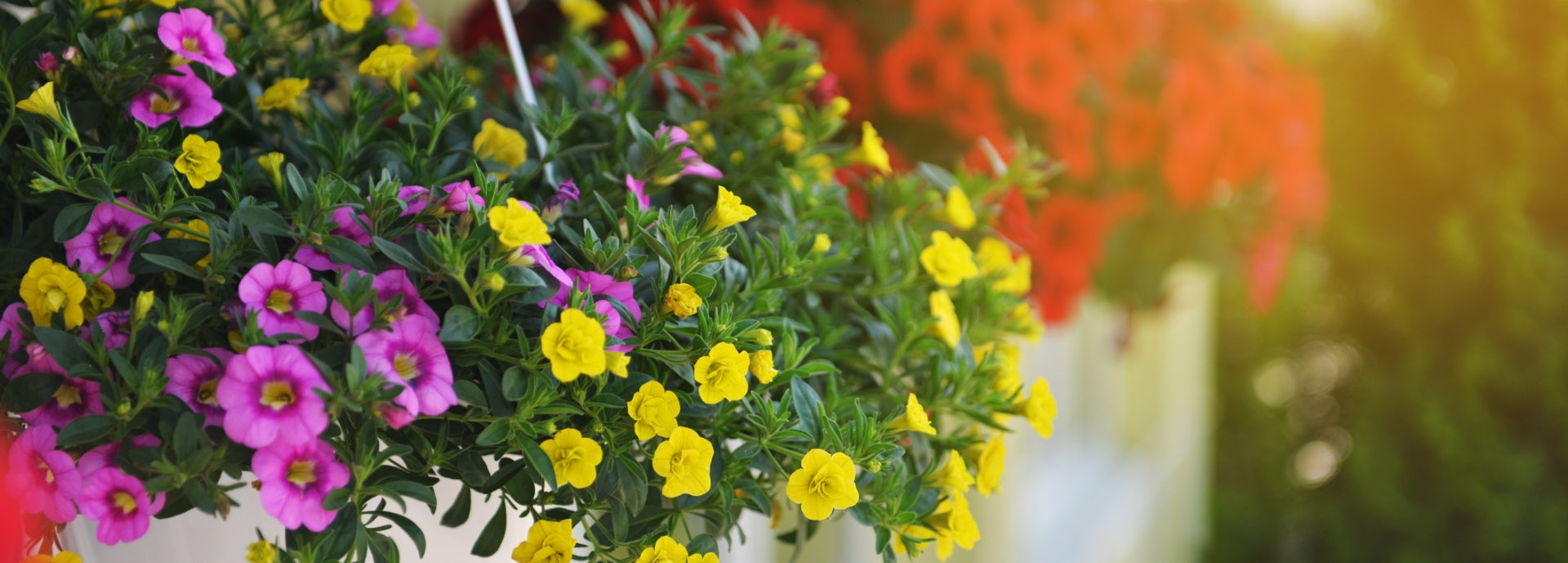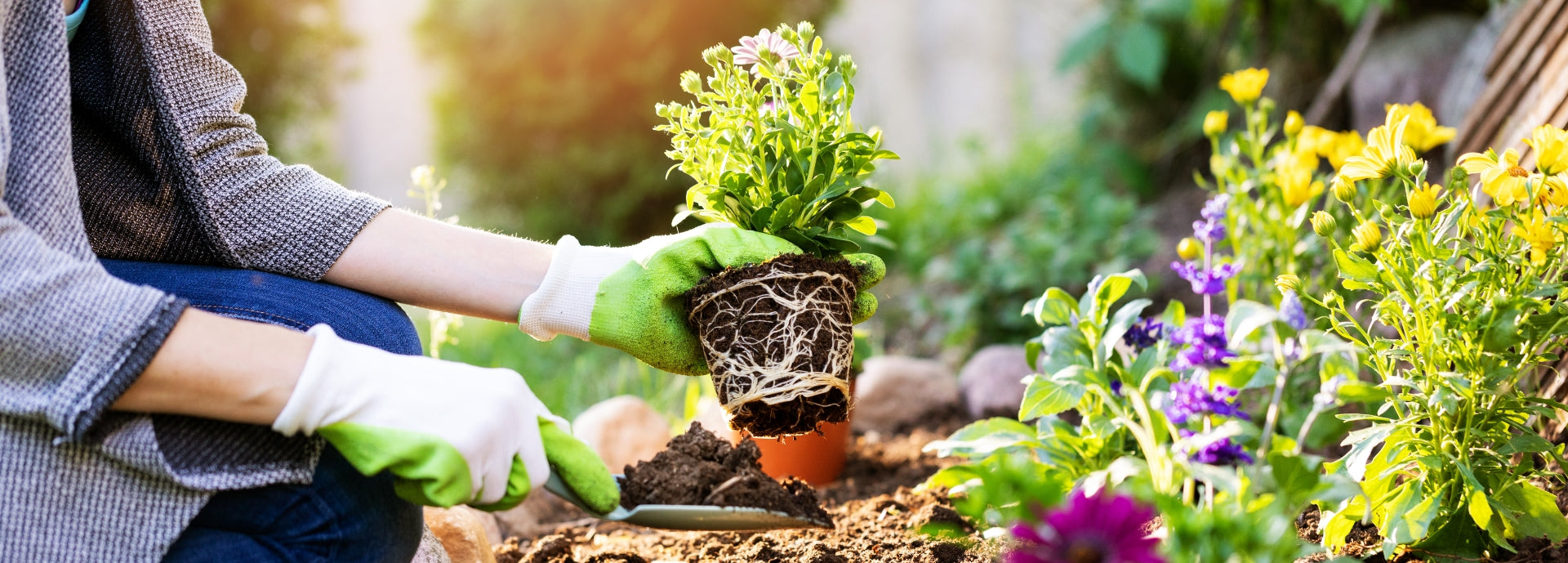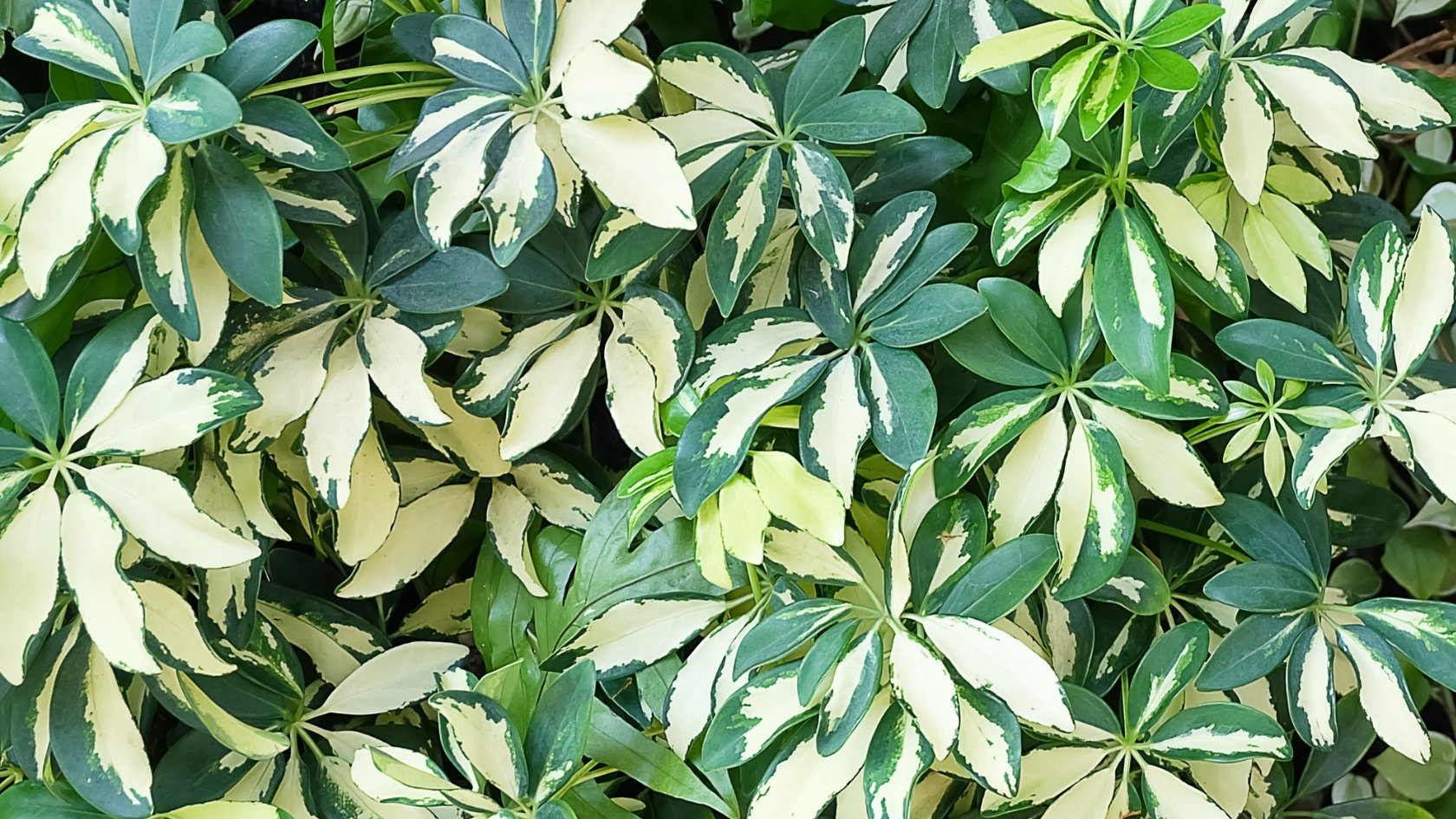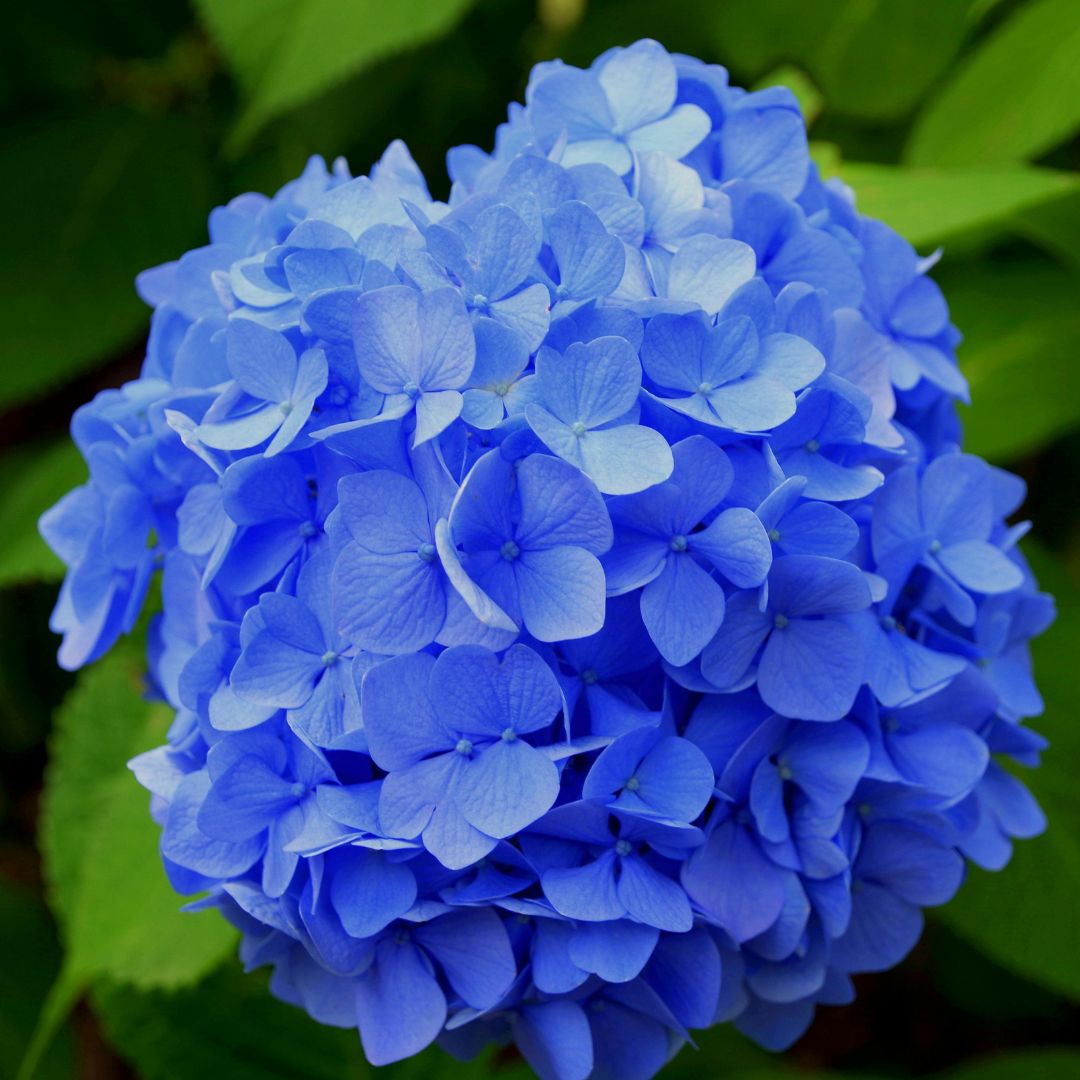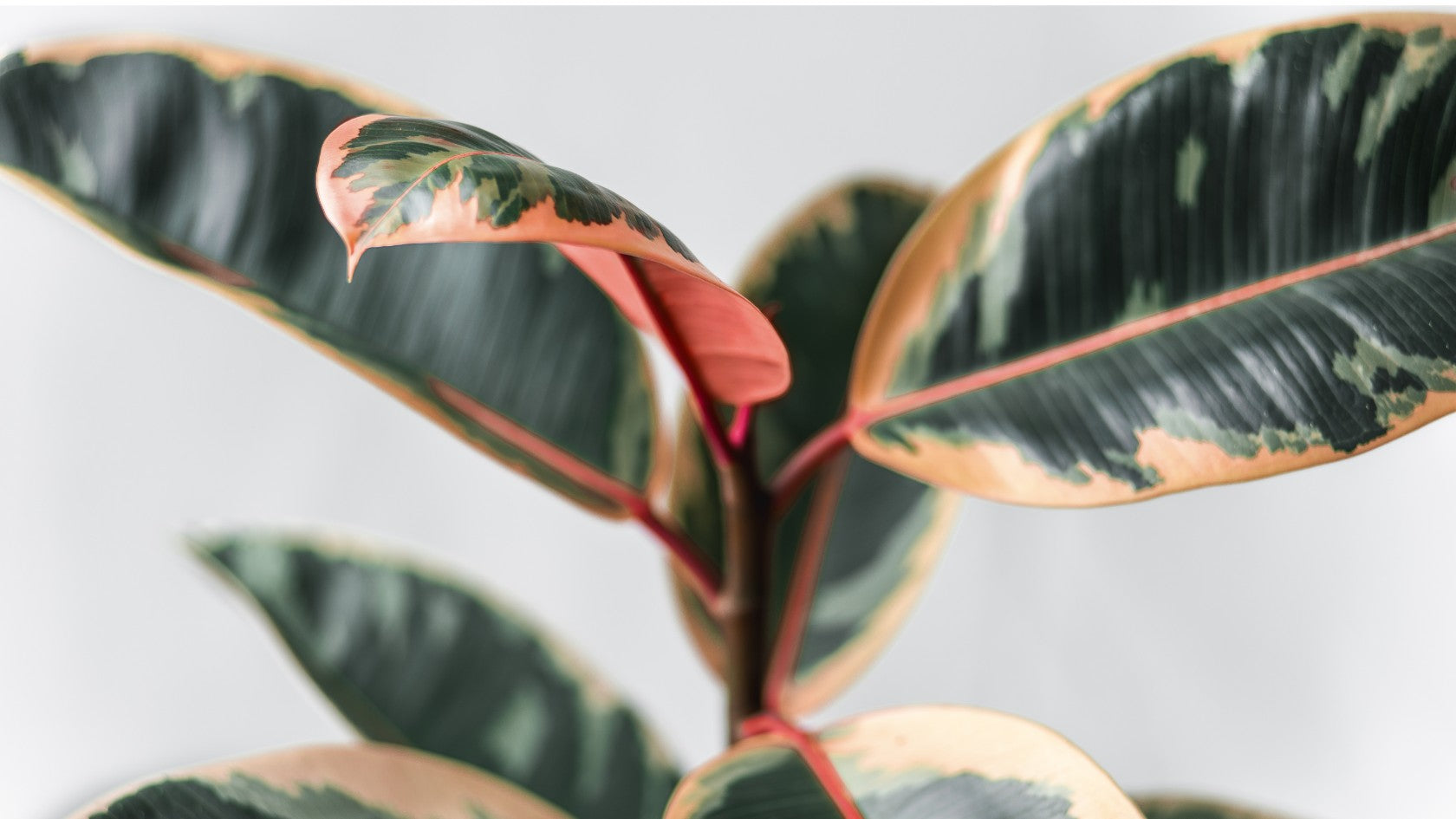As gardeners, we are always on the lookout for unique and vibrant plants to enhance the beauty of our gardens. One such plant that deserves attention is the Umbrella Plant (Schefflera actinophylla). With its distinctive umbrella-shaped foliage and tropical charm, this plant is a perfect addition to any garden or indoor space. Let’s look at what the Umbrella Plant is, how to take care of it, and compare it to other similar tropical plants, helping you make an informed decision about incorporating this beauty into your garden.
What is an Umbrella Plant?
The Umbrella Plant, also known as the Octopus Tree or Amate, is a tropical plant native to the rainforests of Australia and New Guinea. It is a member of the Araliaceae family and is treasured for its glossy, palmate leaves that radiate from a central stem, resembling an open umbrella.
Caring for an Umbrella Plant
Light Requirements: Umbrella Plants thrive in bright, indirect light. While they can tolerate some shade, exposing them to too much direct sunlight can scorch their leaves. Place them near a window with filtered light or provide artificial lighting if growing indoors.
Temperature and Humidity: These tropical plants enjoy a warm and humid environment. Ideal temperatures range from 60°F to 75°F (15°C to 24°C). Mist the leaves regularly to increase humidity, especially in dry climates or during winter months when indoor heating reduces moisture in the air.
Watering: It's essential to keep the soil consistently moist but not waterlogged. Allow the top inch of soil to dry out between waterings to avoid root rot. Adjust watering frequency depending on the season and the plant's needs.
Soil and Fertilizer: Plant your Umbrella Plant in well-draining soil rich in organic matter. A mix of peat moss, perlite, and sand works well. Fertilize monthly during the growing season with a balanced liquid fertilizer to promote healthy growth.
Pruning and Maintenance: Regular pruning helps maintain the shape and size of your Umbrella Plant. Remove any yellowing or damaged leaves, and trim back excessive growth to encourage bushiness. Wear gloves when pruning, as the plant's sap may cause skin irritation.
Comparing Umbrella Plants to Similar Tropical Plants
Ficus lyrata (Fiddle Leaf Fig): Both the Umbrella Plant and Fiddle Leaf Fig feature large, glossy leaves that create a stunning tropical look. However, the Fiddle Leaf Fig requires more precise care, including specific light conditions and careful watering, while the Umbrella Plant is generally more forgiving.
Monstera deliciosa (Swiss Cheese Plant): The Umbrella Plant shares similarities with the Monstera deliciosa, such as their large, lush leaves and tolerance for indirect light. However, Monstera deliciosa has unique perforated leaves that make it visually distinct.
Dracaena marginata (Dragon Tree): While the Umbrella Plant prefers bright, indirect light, the Dragon Tree can tolerate lower light conditions. Additionally, the Dragon Tree has thinner, sword-shaped leaves compared to the broader, umbrella-like foliage of the Umbrella Plant.
The Umbrella Plant is a tropical gem that adds elegance and charm to any garden or indoor space. With proper care, it can thrive and become a centerpiece of your botanical collection. Its adaptability and forgiving nature make it a suitable choice for both experienced and novice gardeners. When comparing it to other similar tropical plants, the Umbrella Plant stands out with its unique umbrella-shaped leaves. Bringing a touch of the tropics into your garden with this stunning plant! Your green space will thank you for it.


